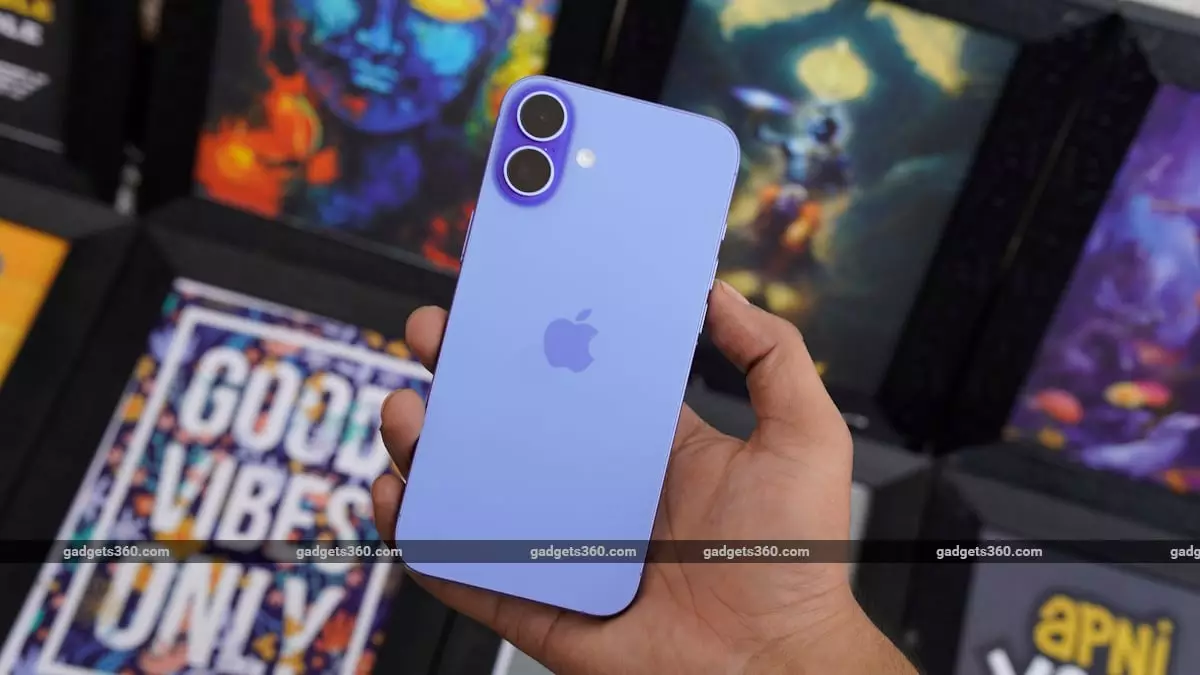Every year, shoppers brace themselves for colossal sale events promising unmatched discounts and irresistible deals. The Flipkart GOAT Sale 2025 exemplifies this annual ritual, but a deeper inspection reveals that these so-called “mega discounts” often mask a manufactured scarcity designed to frenzy consumers. While Flipkart proclaims that customers will access slashed prices on premium gadgets, the reality frequently involves inflated original prices to make discounts appear more significant than they truly are. This tactic manipulates consumer perception, prompting impulsive purchases rather than rational decisions. The strategic timing—coinciding with Amazon Prime Day—further fuels a competitive frenzy rather than genuine value discovery.
The critical flaw lies in the predatory nature of these sales. Retailers capitalize on the anxiety of missing out, nudging consumers to buy items they may not genuinely need, and often at prices that aren’t as competitive as they seem. Despite promotional claims of significant discounts, seasoned shoppers know to scrutinize the original pricing, leveraging price tracker tools—and ultimately realize that many “deals” are just cleverly engineered illusions.
Consumer Disempowerment and Strategic Manipulation
By opening to all customers at the stroke of midnight, Flipkart democratizes access, but this transparency is merely superficial. The platform’s early access for Flipkart Plus members underscores a growing divide—a privilege for the few, leaving regular consumers battling for limited stock and marginal savings. In the race to secure the best deal, consumers are subtly coerced into using specific bank cards or digital payment methods to unlock “additional” discounts. This layered approach intensifies the market distortion, making consumers feel compelled to adopt certain banking or digital habits simply to maximize savings.
Furthermore, the inclusion of various brand-specific launches—like Nothing’s lineup, including the Phone 3a Pro, CMF Buds Pro 2, and Power 140W—creates a frenzied environment where brand loyalty and perceived exclusivity are leveraged to generate demand. These launches, timed alongside heavy discounts, are less about consumer choice and more about pushing specific products onto a market that is already saturated with similar offerings. When flagship launches are also heavily discounted, it prompts a question: Are these discounts genuine, or is this a strategic ploy to clear inventory while maximizing profit margins disguised as “deals”?
The Illusive Promise of Better Pricing Amidst Intense Competition
One cannot ignore the underlying reality that the Flipkart GOAT Sale is positioned within a highly competitive landscape. With Amazon Prime Day running parallel, the marketplace’s claim of offering the “best deals” becomes increasingly questionable. Competitive shoppers utilize price tracking tools and comparison apps, exposing the thin margin of truth behind these discounts. This arms race fuels a cycle where consumers are conditioned to wait endlessly—timing their purchases around these sales, hoping for the lowest possible prices, only to realize that many offers have been artificially inflated prior to discounting.
The spectacle of discounting for brands like Samsung, Motorola, and Apple, alongside the strategic rollout of Amazon, creates a chaotic environment that leaves consumers vulnerable to impulse buys and buyer’s remorse. Moreover, the emphasis on premium and mid-range smartphones suggests a skewed focus—fabricated affordability—when, in reality, many of these deals are fleeting or less substantial than advertised.
Does this Sale Truly Serve Consumers or Just Drive Retailer Profits?
In my honest and critical assessment, the Flipkart GOAT Sale appears less like an authentic boon for consumers and more like a well-orchestrated marketing event designed to increase platform engagement, bolster specific brand sales, and maximize profit margins under the guise of consumer-friendly discounts. The artful use of promotional tactics, digital scarcity, and product launches ignites a frenzy rather than fostering genuine value.
For a consumer who values integrity and transparency, truly beneficial shopping entails patience, research, and skepticism. Relying solely on flashy discount banners and countdown timers often leads to overpaying or buying items that aren’t significantly cheaper than regular prices. In this game of retail deception, the real winners are the companies gaming consumer psychology and the sellers pushing inventory, not the bargain-hunting shopper.
While Flipkart’s GOAT Sale offers some opportunities for savings, it serves as a stark reminder of the manipulative practices endemic to modern e-commerce—practices that exploit consumer hopes and fears, blur the line between genuine value and marketing hype, and prioritize profit over fairness. Shoppers must question, scrutinize, and resist the impulse to believe in the illusion of these “mega deals,” advocating instead for more transparent and honest retail practices.

